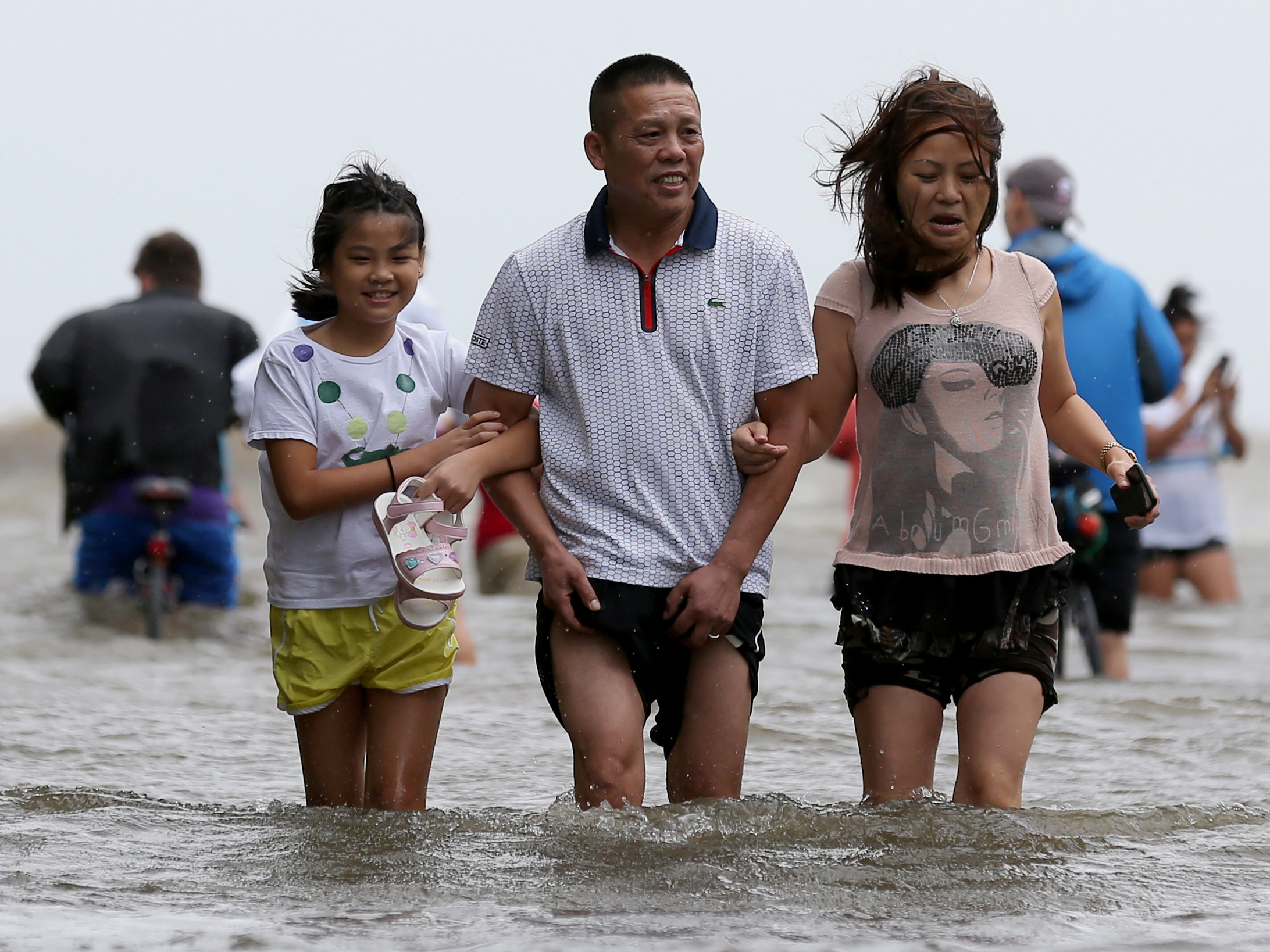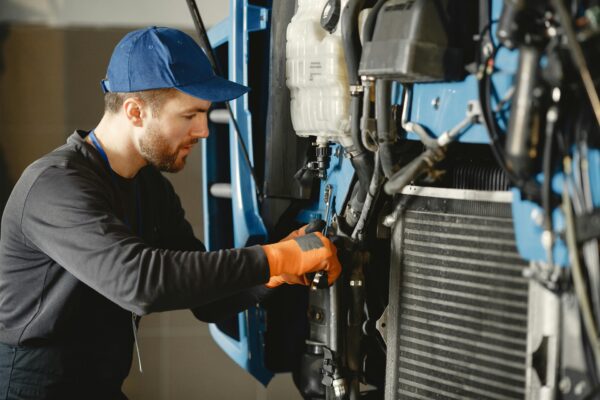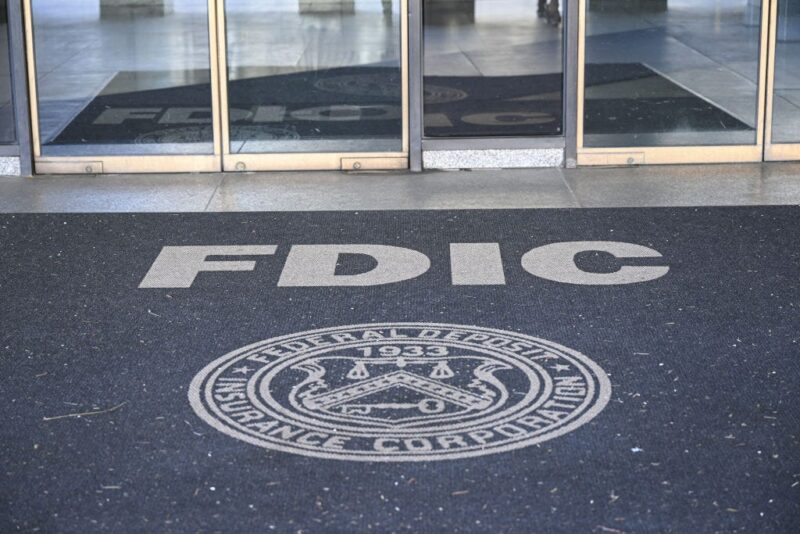- Hurricane Dorian is projected to hit Florida’s east coast as at least a Category 3 hurricane.
- Dorian is the fourth named storm in this Atlantic hurricane season, which is expected to have above-average storm activity.
- More than half of Americans say they are unprepared for a disaster, but 40% report intentions to prepare in the next year, according to a survey by the Federal Emergency Management Agency.
- Here are some life-saving tips for surviving a natural disaster.
- Visit Business Insider’s homepage for more stories.
Hurricane Dorian is approaching the Bahamas and Florida as it builds strength over warm Atlantic waters.
The storm is expected to hit Florida’s eastern coast as a major hurricane – perhaps even a Category 4 storm – on Monday.
According to the National Hurricane Center (NHC), Dorian could bring 4 to 8 inches of rainfall to coastal areas of the southeastern US this weekend, with some areas seeing up to 12 inches. This rain could cause life-threatening flash floods, the NHC said.
This year’s Atlantic hurricane season has a 45% chance of above-average storm activity, according to a forecast revision from the National Oceanic and Atmospheric Administration (NOAA).
Last year's hurricane season began early for the fourth year in a row, and four named storms were at one point active at the same time. Hurricane Michael was the strongest hurricane to ever strike Florida's panhandle and the third most intense hurricane to make landfall in the continental US.
On the opposite coast, California experienced its deadliest and most destructive wildfire season ever in 2018. A total of 8,527 fires burned nearly 1.9 million acres.
Experts link these extreme events to climate change and expect them to keep getting worse.
However, only 42% of Americans said they had been prepared for a disaster for at least one year, according to a 2017 survey by the Federal Emergency Management Agency (FEMA).
Here are some tips for staying safe during a natural disaster.
Avoid using contaminated water for drinking or personal hygiene.
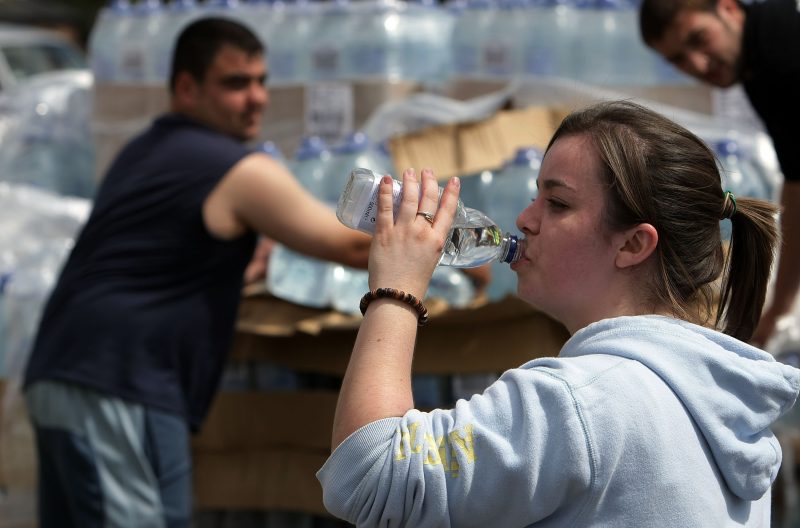
Drinking water may not be available or safe to use, particularly after floods, which can contaminate well water with chemicals, human sewage, and livestock waste.
You should only use bottled, boiled, or treated water for drinking, cooking, and personal hygiene.
The best way to make water safer is by boiling it, which will kill disease-causing bacteria and parasites. If boiling isn't possible, you can use a disinfectant like unscented household chlorine bleach, iodine, or chlorine-dioxide tablets.
Keep in mind that water contaminated with toxic chemicals won't ever become safe to use through boiling or the application of disinfectants.
Minimize sweating if you're low on water.

If you are running out of water, take steps to minimize how much you sweat. In an interview with National Geographic, Weather Underground co-founder Jeff Masters recommended reducing activity and sheltering from the sun.
Masters said people should also cover their skin with loose, lightweight clothing that can slow evaporation and loss of water. Wearing a hat, sunglasses, and gloves helps as well.
Keep enough non-perishable food for at least three days.
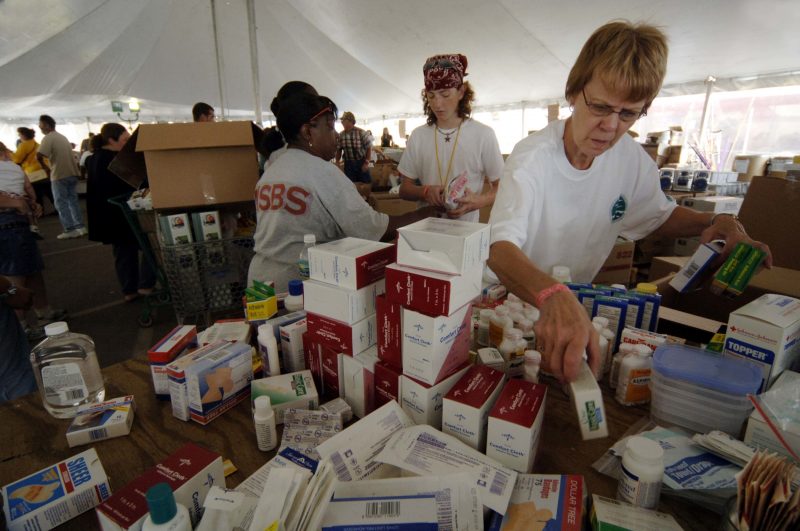
Power outages could last for several days following a disaster, so make sure you have a stock of canned foods and dry mixes that don't require refrigeration. Food kept in fridges or freezers can become unsafe without electricity, as bacteria grow quickly between 40 and 140 degrees.
FEMA recommends that you store enough non-perishable food for least three days. Suggested items include ready-to-eat canned meats and vegetables, protein bars, dry cereal, peanut butter, and dried fruit.
You shouldn't eat anything from cans that have been dented, swollen, or corroded, according to FEMA. Throw away any food that has touched contaminated water, and don't eat anything that has been sitting at room temperature for over two hours.
If cell towers go down, a radio can help you get important information.
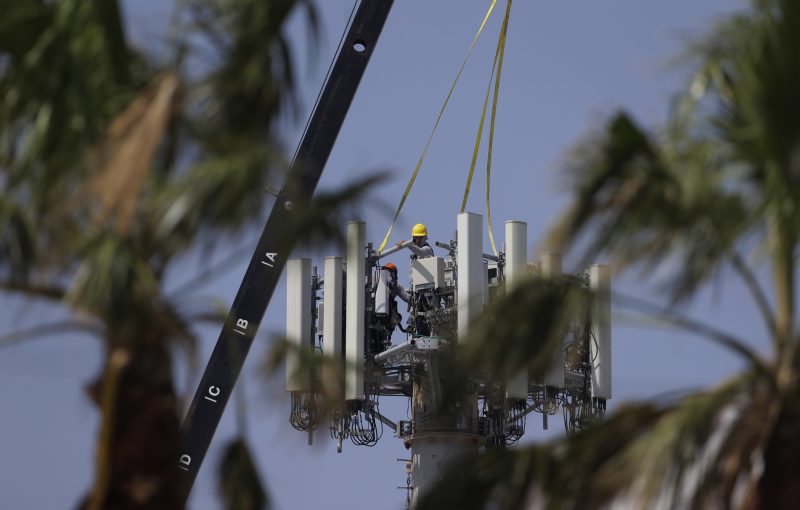
FEMA's list of items to include in a disaster kit notes that a battery-powered weather radio can provide lifesaving information, including evacuation orders and shelter-in-place directions.
In an interview with National Geographic, survival expert Tim MacWelch also recommended keeping a weather radio at the ready, since local weather radio bands can disseminate reliable emergency updates.
If you're in cold or wet conditions, take steps to insulate your clothing.
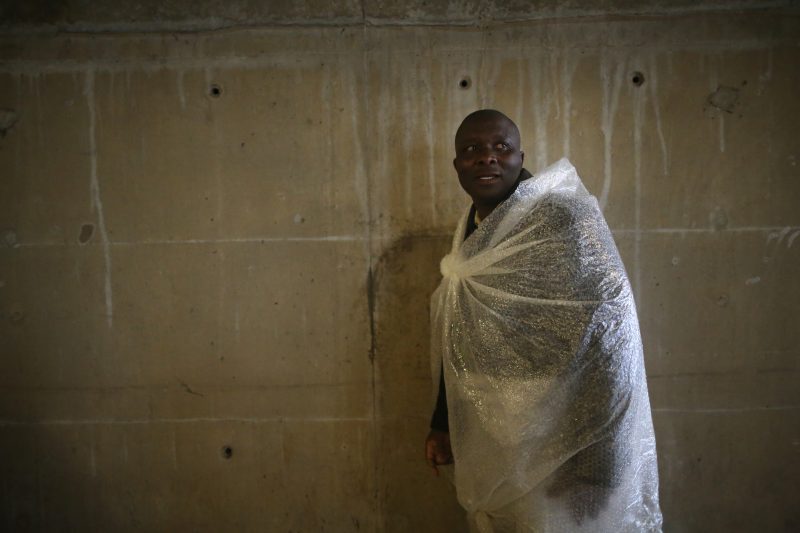
MacWelch said stuffing your clothes with insulating material is the best way to stay warm. A variety of items can be used - crumpled paper, leaves, or even bubble wrap.
If you have access to a stone that has been near a fire or a hot water bottle, hold the object between layers of your clothes. That's also a safe way to help hypothermia victims, MacWelch said.
Sharing body heat is another way to maintain warmth if you're trapped in wet or cold conditions.
Avoid stepping into deep water.
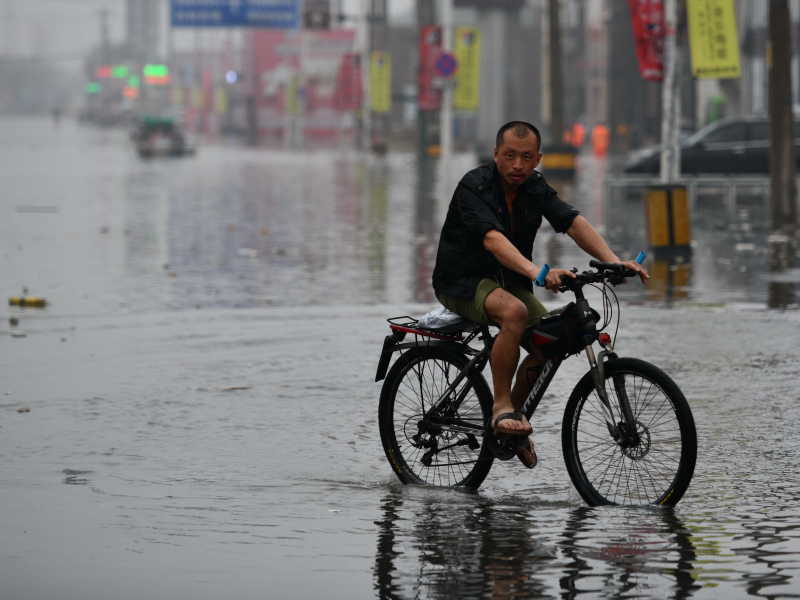
Storm surge and flooding can lead water to get contaminated with bacteria and chemicals. If you have any cuts or get injured during a disaster, find clean water or alcohol to flush out the cut.
If you're outside and can't see the bottom of the water, avoid stepping into it. There could be a nail or sharp object hidden from view, and puncture wounds can lead to tetanus or other infections.
Know how to shut off your home's natural gas.
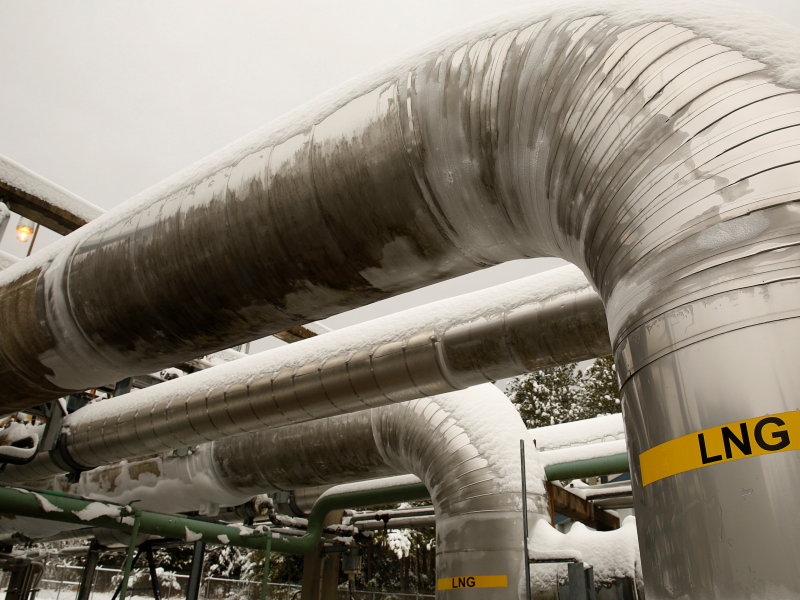
Natural gas leaks can cause fires, so make sure you know how to shut off your home's gas line.
FEMA recommends that you reach out to your local gas company whenever you move into a new home for instructions on shutting off gas service and appliances.
If you smell gas or hear a hissing noise during a disaster, open a window and leave immediately. If possible, use the outside main valve to turn off the gas. Don't try to turn the gas back on yourself afterward.
Don't tie your pets inside your home.
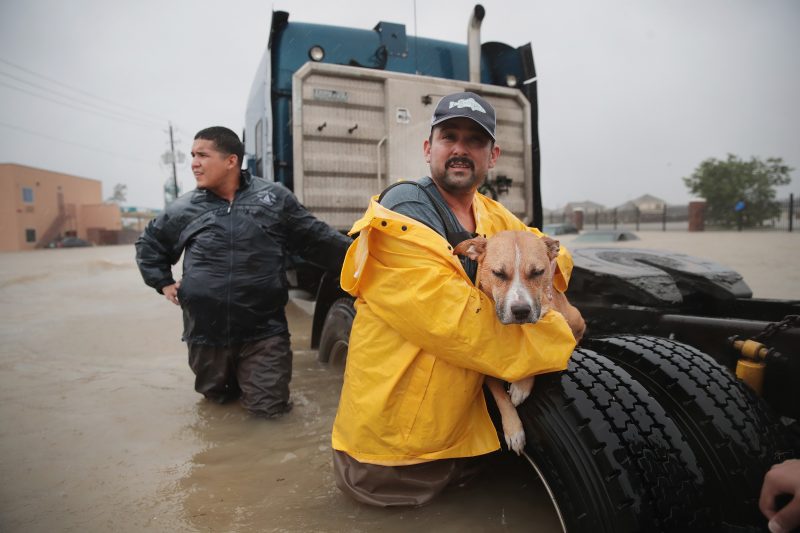
Warren Faidley, a survival expert and extreme weather photographer, told National Geographic that people shouldn't tie their pets inside or outside their house.
If you can't find a shelter for your pet, let them loose. It's a last resort, but Faidley said a free animal has a much higher chance of surviving a natural disaster since they can swim or climb to safety.
A chained pet would also be unable to get out of falling debris or escape exposure to other elements.
You may need to leave your home and seek shelter elsewhere.
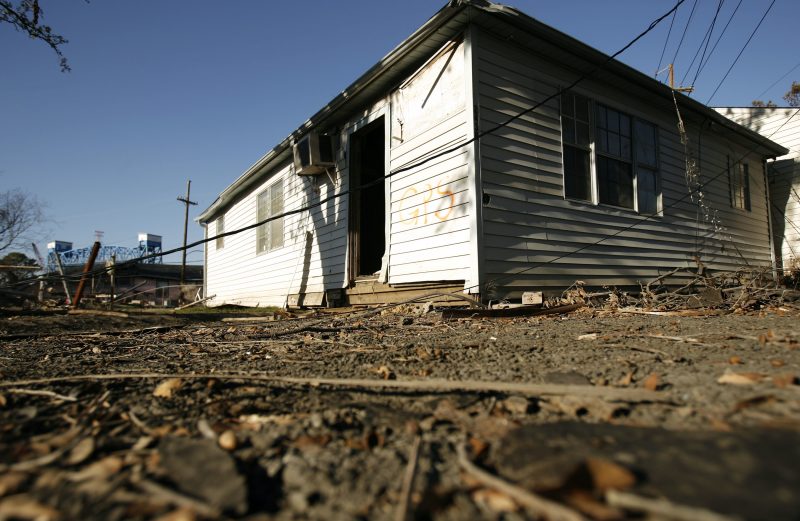
If you don't think you will survive where you are, you'll need to find a new place with water and shelter.
If you can't get to an official emergency shelter, Faidley recommends seeking out airports and hospitals, since supplies are likely to be coming in there.
Keep emergency supplies in multiple locations.
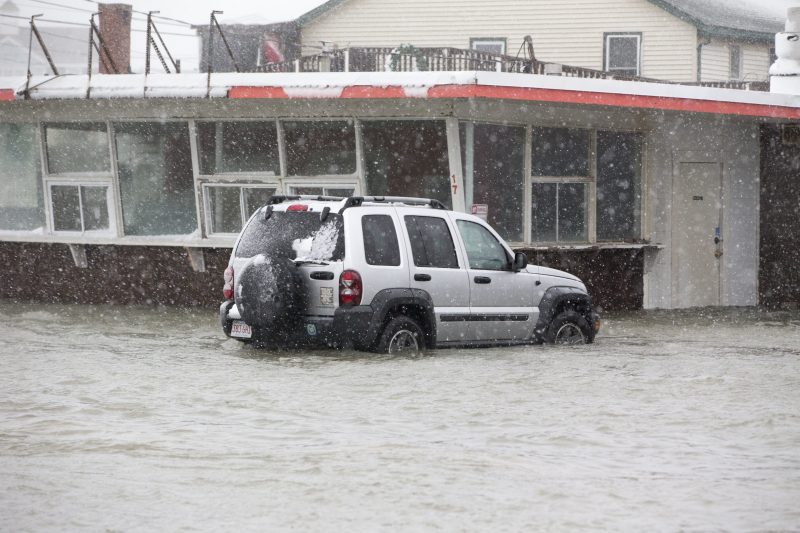
You may not know where you will be when a natural disaster hits, so make sure you can access emergency supplies at home, at work, and in your vehicle.
An emergency kit in your car could save your life if you end up stranded, and the kit at home should be ready to grab in case you need to leave on short notice.
Kits kept at work should have food, water, first aid supplies, local maps, manual can openers, dust masks, moist towelettes, battery-powered radios, flashlights, and prescription medicines.
